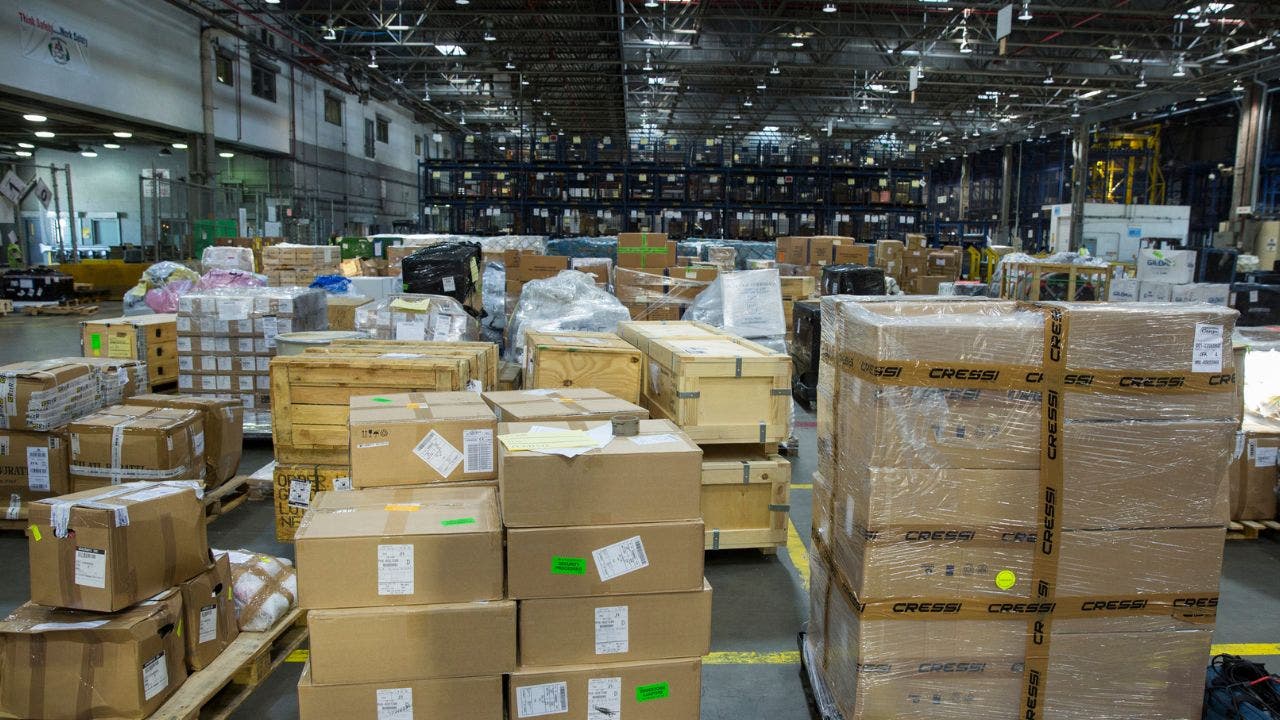Understanding Bonded Warehouses in the Age of Tariffs
As tariffs continue to shape the landscape of international trade under the Trump administration, U.S. businesses are increasingly seeking ways to mitigate these costs. One effective strategy has been their reliance on bonded warehouses—government-regulated storage facilities that offer a temporary solution for importers grappling with rising tariffs.
What Are Bonded Warehouses?
Bonded warehouses are specialized storage facilities overseen by U.S. Customs and Border Protection (CBP) agents. They allow businesses to store goods without officially importing them into the country, meaning that import duties are deferred until the products are released into the domestic market. Tim Hruby, an international trade attorney at Blank Rome, likens this process to an airport experience where luggage is collected but not yet declared.
These warehouses can store a diverse array of goods, including raw materials, finished products, and, in some cases, hazardous materials. Importantly, businesses can keep their inventory in these facilities for up to five years, presenting an opportunity to manage logistics and cash flow efficiently.
The Financial Implications
Bonded warehouses present a financial strategy that allows businesses to delay paying import duties—an attractive option amid fluctuating tariff rates. For instance, if a company imports glass from Germany, it can stall the payment of duties while monitoring trade policies. If tariffs drop, they can release the goods for domestic sale. Conversely, if rates increase, the company may opt to keep the products stored longer.
As Deborah Elms, an expert in trade policy, notes, these warehouses allow importers to make more informed decisions. However, this flexibility comes at a cost. While avoiding immediate tariff payments can help cash flow, companies must also consider storage fees, which can add up.
The Tariff Landscape
The timing of these strategies is critical, especially given the recent surge in tariffs announced by President Trump. A significant 30% tariff on imports from Mexico and the European Union, along with hefty levies on other nations, has driven U.S. businesses to seek alternative logistics solutions.
In 2023 alone, tariff revenues have skyrocketed, with the U.S. Treasury reporting over $100 billion so far this year—up 301% from last year. This revenue spike is certainly a point of discussion for the administration, who view it as evidence of a successful trade strategy. However, the implications of these tariffs are far-reaching, often resulting in elevated costs for consumers as companies pass on these expenses.
The Mechanics of Bonded Warehouses
How exactly do bonded warehouses operate? The process is straightforward yet intricate. Goods transported to the U.S. can be unloaded and stored in a bonded warehouse without officially entering the market. This strategic delay means that businesses can optimize their financial and operational positioning before committing to tariffs.
However, it’s worth noting that using these facilities isn’t without challenges. Bonded warehouses are often more expensive than regular storage options due to their customs-controlled environment. They may also have limited space, restricting the amount of inventory that can be stored.
The Broader Economic Impact
While bonded warehouses offer a safety net against increasing tariffs, they are not universally employed by businesses. The high costs associated with maintaining a customs-compliant facility can deter smaller companies or those with lower import volumes.
Recent tariff announcements have further intensified the urgency for businesses to adapt their strategies. Companies now face a complex web of international trade policies that are ever-evolving, necessitating a keen awareness of global market dynamics.
In summary, bonded warehouses serve as a strategic tool for managing the complexities of tariff-related costs and logistics. As businesses navigate this challenging landscape, the role of such storage solutions will likely become increasingly relevant.


